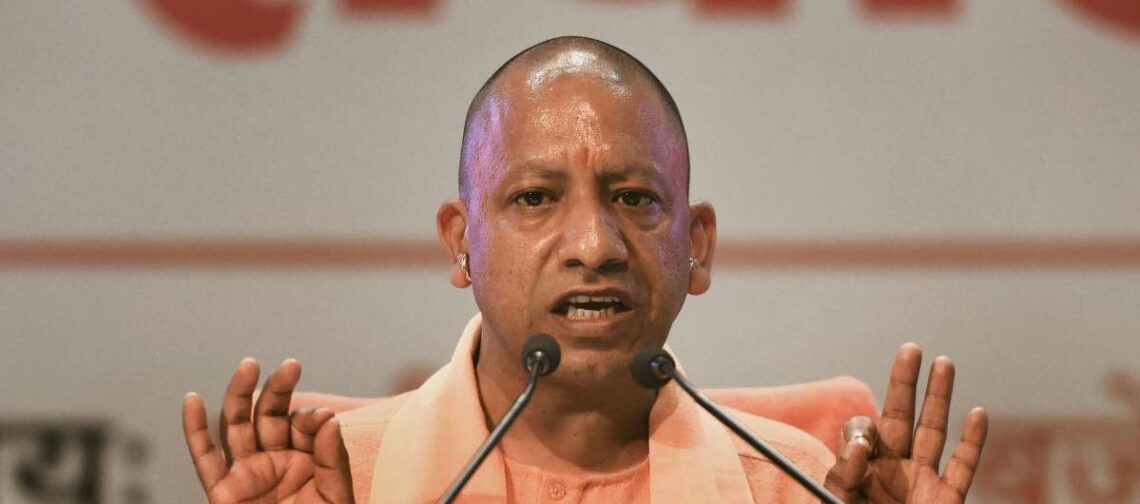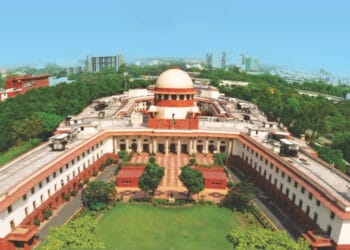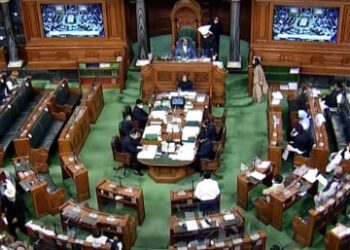Uttar Pradesh is one of those Indian states known for its poor economic situation. Uttar Pradesh’s poor performance in the economy has been well known among the north and east regions of India for decades. The per capita income of Uttar Pradesh in the year 2019-20 was barely half (41,023) of an average of India’s per capita income (86,659). The per capita income of Uttar Pradesh in the year 2011 was 12 rupees and is ranked 32 out of the 36 states and union territories in India.
The data and trends released as estimated by the government officials say that the gross state domestic product (GSDP) of Uttar Pradesh grew at a compound rate of over 1.95% per annum in a year from 2017 to 2021. The growth rate was 6.92% in the tenure of the last state government during 2012-2017, and this falling growth under the governance of Yogi Adityanath means that the per capita income has only increased by 0.43% in four years.

The manufacturing trend showed a negative growth of 3.34% in the present Adityanath government. This rate was 14.64% during the previous government.
The employment trend in yogi’s governance isn’t as fierce as his words.
The face and reality of the employment trend in Uttar Pradesh aren’t glorious. The decline in the number of job opportunities shows the colossal failure of Adityanath’s policies. The overall trend of unemployment increased by 2.5 times, while youth unemployment rose by nearly 5% as compared to 2012. The rate of youth unemployment is much worse. The rate of increase in unemployment for those with secondary education has tripled, for those with senior secondary schooling has quadrupled. This rate has increased from 21% to 51% for the graduates. For those with technical diplomas and certification, the rate has increased from 13 to 66% and for technical graduates, the rate has increased from 19 to 46%.
The performance of UP is the worst under the governance of the Bharatiya Janata Party. The Modi Adityanath duo has the largest majority that any government in Uttar Pradesh has ever seen in the last three decades.
The sources for this larger economic and social development crisis in India’s Hindi belt can be explained by talking about the agrarian and economic structures and policies of both arenas. The economic bases of the Northern and Southern belts have always been very different since British rule. The Hindi belt has the Zamindari system for the collection of the revenue, which included an intermediary between the peasant and the state. This made this a very exploitative system for the farmworkers. This system brutally exploited the population of labourers.
On the contrary, the Southern, and Western belt has the Ryotwari system. There were no middlemen, and the labourers were in direct contact with the king. The peasants could sell their crops and lease their land to anyone according to their own will. They had complete control of the land. Even if the tax rates were high, the situation was certain for the farmers.
The other reason could be the social movements of the lower castes were more widespread in the south and the west. Not that these social movements were not comprehended in the Northern region of India, but these movements never succeeded to manage the hold of the deep grip of the feudal forces in the state.

Uttar Pradesh has been deprived of good governance and economic policies. With the government being mostly interested in propagating communal agendas and implementing unnecessary strategies and policies, Uttar Pradesh has seen a rise in crimes, especially against women and minorities. Despite all the issues being known, the ruling government never agreed to accept the flaws in its governance and policymaking. Uttar Pradesh is a state suffering from poverty, lack of education, and employment opportunities and yet the biggest leaders of the state and union government, of course, belonging to the same political party, never fail to put big banners blowing their own triumphant.
Also Read: Prime Minister’s two-day Varanasi visit and The Kashi Viswanath Dham project












